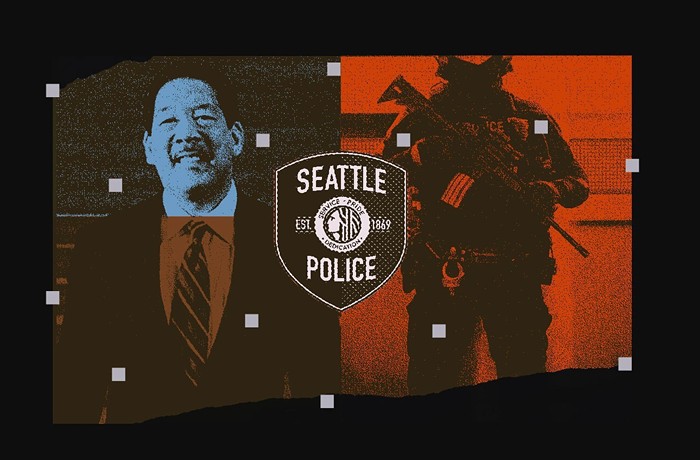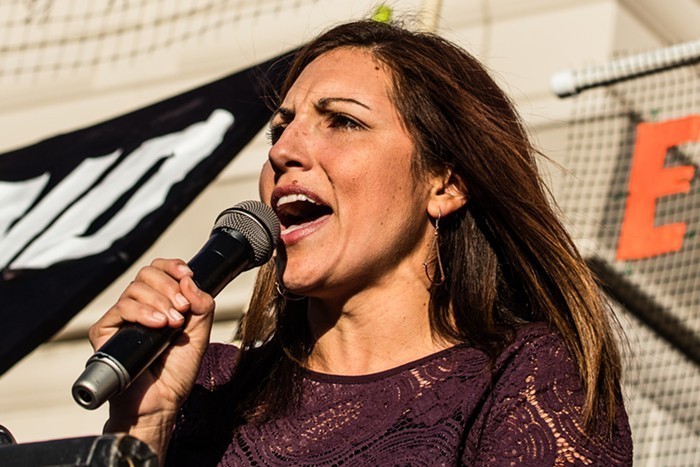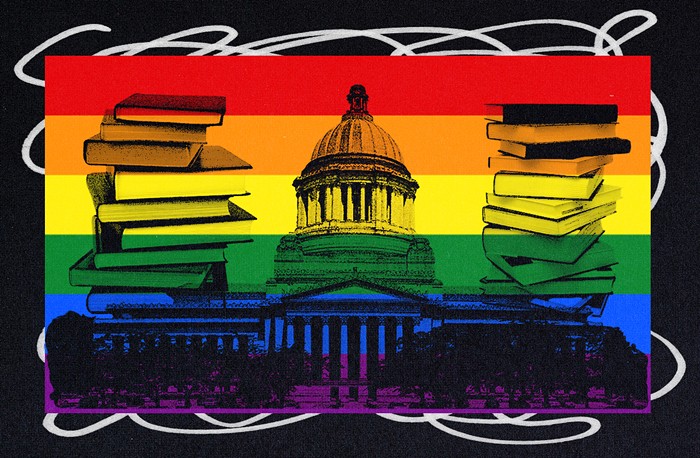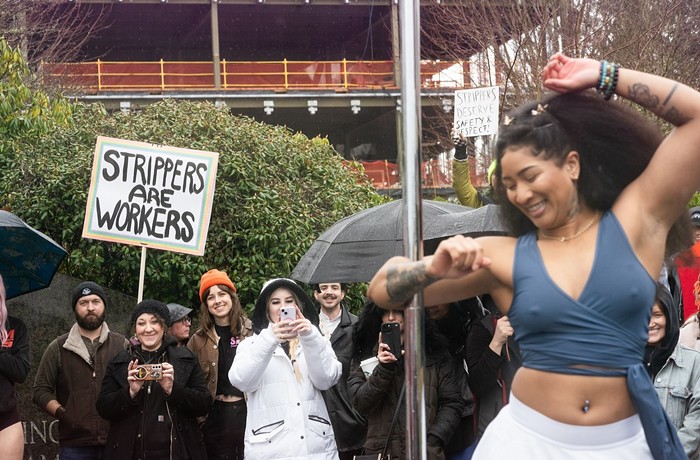The location of Ukraine’s first gay pride parade was kept secret right up until the moment the event was supposed to take place. I called and emailed the organizers, Ukrainian gay websites, and even spoke to a group that tries to battle Ukraine’s AIDS problem, but nobody would tell me where it was going to take place.
Finally, I got in touch with a woman named Olena, who told me she was escorting members of the press to the event. She told me to meet her at the University metro station at 1:30—30 minutes before the parade was supposed to start. I arrived at the metro station about 20 minutes early and got a text message from one of my contacts, who said there were 500 angry right-wing activists waiting where the parade was supposed to begin.
This video shows a group beating one of the pride-parade's supporters:
Eventually, Olena showed up and told us that someone had leaked the parade’s location and that there were in fact a bunch of ultra-nationalist Cossacks hanging out where the parade was supposed to happen. They were some kind of nationalist group, “like militants in Arizona or something,” a woman told me. Meanwhile, a group of 200 “football hooligans” were reportedly on a metro headed for the parade location—and we heard that it had been cancelled.
Police in the city of Kyiv never supported the parade. According to one of the parade organizers, cops initially refused to provide officers for the event and had urged the city to ban it. But the city gave it the green light, possibly to avoid yet another diplomatic row with the European Union ahead of the Euro 2012 soccer matches next month. Police did show up, but according to organizers and a German member of the European Parliament who was there observing, they made little effort to control the mobs of angry protesters.

- Chris Collison
- A dwindling group of Orthodox Christians get ready to call it a day.
By the time I got down to the river, most of the protesters had cleared out, except for a few dozen Orthodox Christians. I then met up with my group for a press conference that was supposed to take place several miles away from the center, but it had also been cancelled. I learned later that shortly before we arrived, a group of men had attacked a few of the organizers with pepper spray while they were talking to Ukrainian reporters in a nearby park. Two of them were beaten, as the video above shows.
The 100 hand-selected people who were supposed to march in the parade were split up into small groups and met at different metro stations throughout the city and planned to make their way to the site at staggered intervals as not to attract attention.
Nobody knew for sure how the location got out. Olena suspected Russian journalists. Others suspected the police. Still, the organizers considered the day a success. To them, the fact that the city administration approved it and the police actually showed up was progress.
But even with a small victory, there is a chance that the LGBT movement may face even further setbacks. The Ukrainian parliament is considering a so-called “anti-discrimination” bill similar to one passed in March in Saint Petersburg that, rather than making discrimination against sexual minorities illegal, would ban “homosexual propaganda.” Another organizer, Stas, said he worries that the bill could be interpreted in such a way that it would allow authorities to ban news media from covering anything that has to do with the LGBT community.
With pressure from the West, activists hope the bill can be killed so Ukraine’s developing LGBT community can fully emerge from the shadows.


















